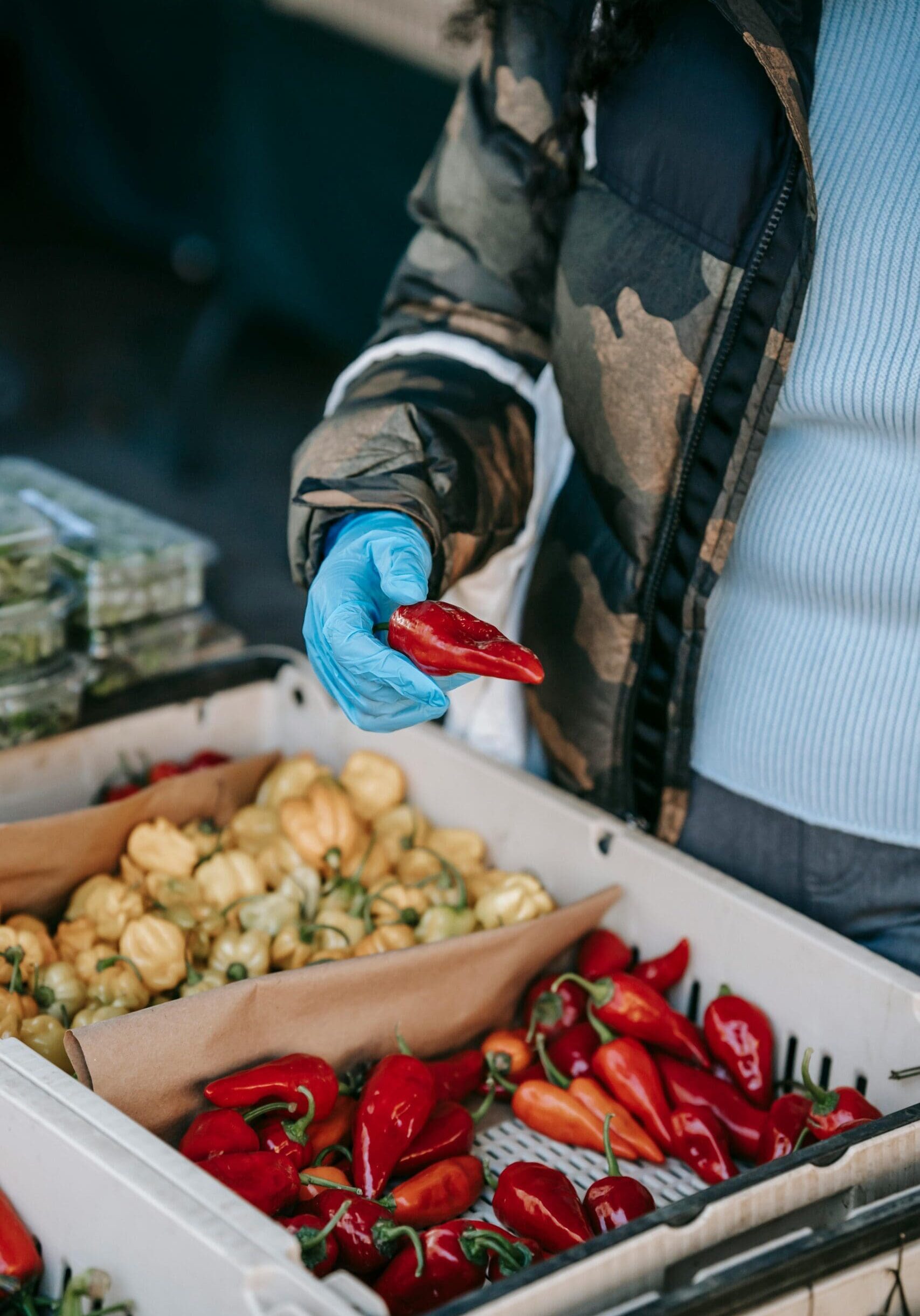Food Sanitation
Ensuring food safety through education and proper sanitation practices to protect.
Food Safety Education
Foodborne Illness

Four Steps to Handling Food Safety
Quick Tips for Your Health
Protect yourself and your family from food poisoning with these four simple steps: Clean, Separate, Cook, and Chill.
Clean: Wash Hands and Surfaces Often
- Wash hands for at least 20 seconds with soap and water before, during, and after food prep.
- Always wash hands after handling raw meat, poultry, seafood, or eggs.
- Clean utensils, cutting boards, and countertops with hot, soapy water after each use.
- Rinse fresh fruits and vegetables under running water before eating.
Separate: Avoid Cross-Contamination
- Keep raw meat, poultry, and seafood separate from other foods in your cart and fridge.
- Use separate cutting boards for raw meat and fresh produce.
- Store raw foods in sealed containers to avoid leaks and contamination.
Cook: Reach Safe Temperatures
- Use a food thermometer to ensure your food is cooked thoroughly:
- Beef, pork, lamb: 145°F (with a 3-minute rest time)
- Ground meats: 160°F
- Poultry (including ground chicken/turkey): 165°F
- Leftovers and casseroles: 165°F
- Check the chart for detailed temperature guidelines.
Need to Report Foodborne Illness?
If you suspect a foodborne illness, contact your healthcare provider right away. To report symptoms, reach out to the Van Buren/Cass District Health Department at (269) 621-3143 (Mon-Fri, 8 AM - 5 PM).
You can also download and submit a complaint form to food@vbcassdhd.org. Your health is important—let us help!

